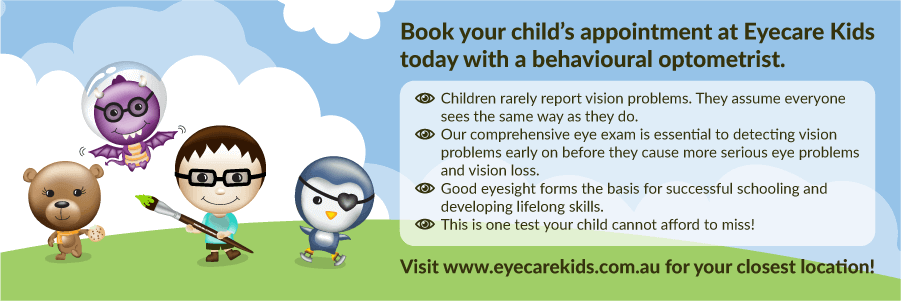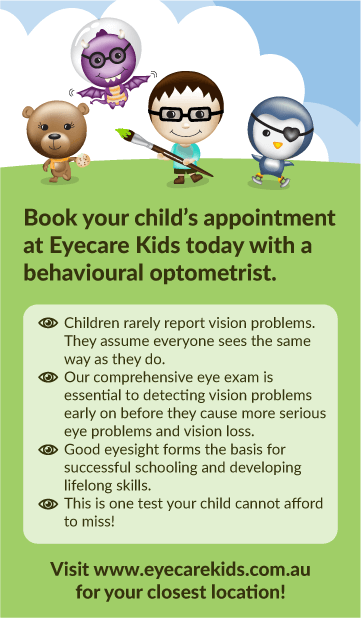Glaucoma is a progressive eye disease of the optic nerve that causes gradual and often painless loss of vision.
In most cases, the risk of developing glaucoma increases as you get older, and glaucoma is often known as an older person’s disease. However, there is a type of glaucoma that occurs in babies known as congenital glaucoma.
This is a rare condition, and an estimated 1 in 5,000 to 10,000 children under 2 years of age will develop congenital glaucoma. It is usually caused by incorrect development of drainage system in the eye and can be genetic. The eye pressure increases which results in damage to the optic nerve.
A young child/baby’s eyes respond to high eye pressure differently than adults. Because their eye ball is softer, increased eye pressure will cause their eyes to have an enlarged and cloudy appearance.
What are the symptoms?
- Enlarged eyes
- Sensitivity to bright lights
- Watery eyes
- Cloudy appearance
How Is Childhood/Congenital Glaucoma Treated?

In many cases surgery is required to correct any structural defects that cause increased eye pressure. Medications such as eye drops or oral tablets can also be used to lower the pressure in the eye. If prompt treatment is not carried out, there is a potential for permanent vision loss.
How Can Optometrists Help?
A child with glaucoma needs to be under the care of an ophthalmologist. Optometrists are primary health care providers and can provide prompt referral to ophthalmologist when required.
Children with congenital glaucoma are at a higher risk of needing glasses to correct myopia (shortsightedness). Optometrists can prescribe the most appropriate lenses for individual patients as well as discuss and implement myopia management strategies. When the child is older, optometrists are able to work with ophthalmologists in monitoring eye pressures on a regular basis.


